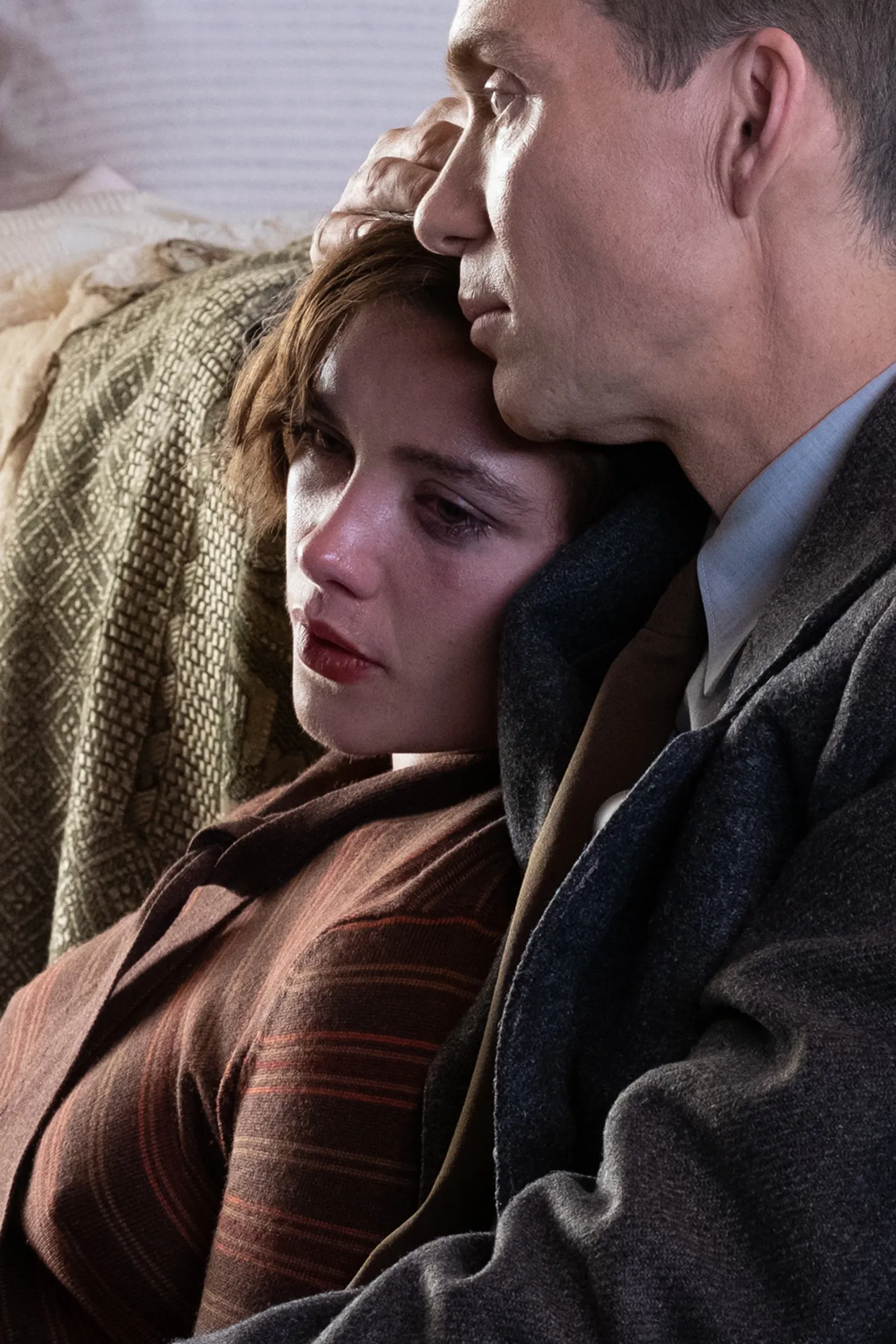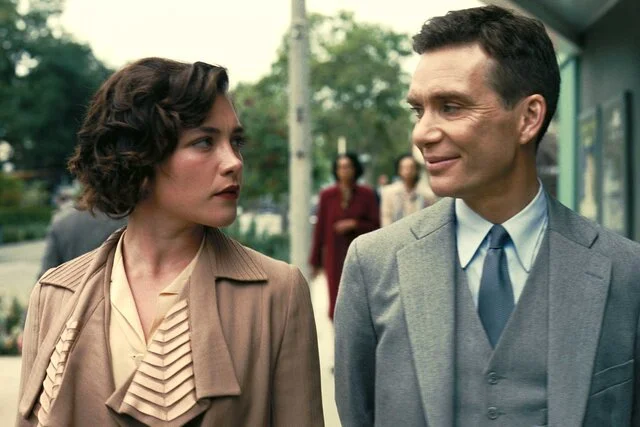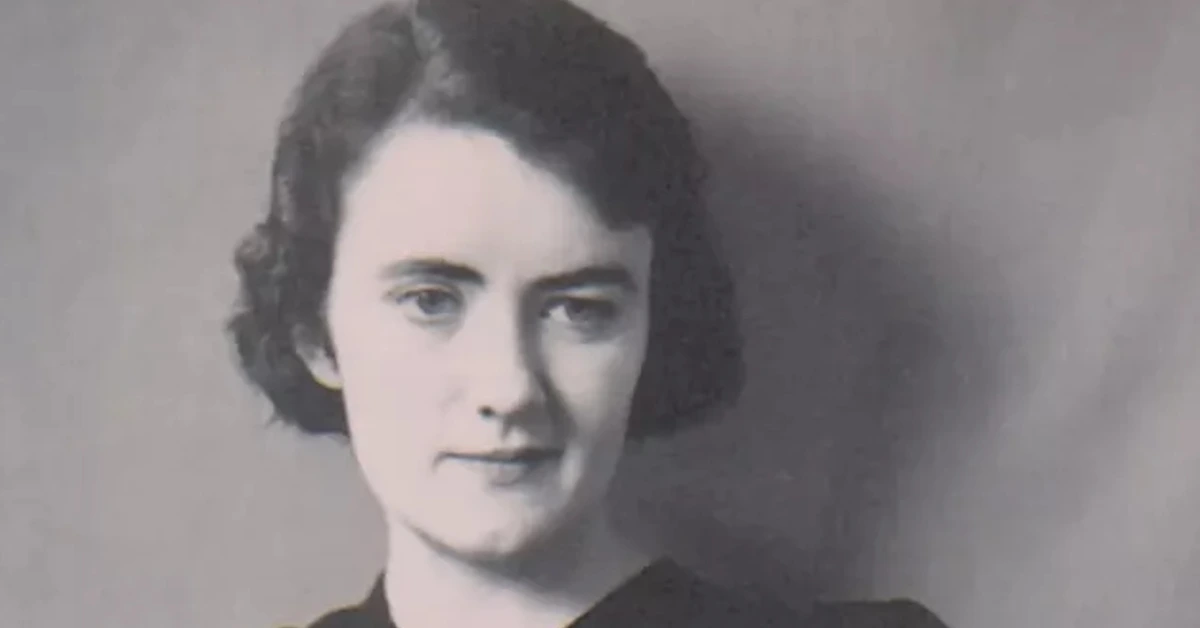The movie Oppenheimer portrays brilliantly, the relationship of J. Robert Oppenheimer and Jean Tatlock. In the annals of history, the life of J. Robert Oppenheimer stands as a testament to scientific brilliance and complex personal relationships. Amidst the hallowed halls of UC Berkeley, Oppenheimer‘s journey intersected with Jean Tatlock. Read below to know everything about Jean.
Oppenheimer meets Jean Tatlock
Arriving at the Berkeley campus in 1929 as an associate professor of physics, Oppenheimer took up residence in a vibrant abode at 2665 Shasta Road. Perched atop the hills that offered a panoramic view of the bay, he immersed himself in a world of intellectual ferment and spirited gatherings.
The residence hosted Mary Ellen Washburn’s lively parties, attended by an array of intellectuals who engaged in passionate debates and discourse that stretched into the late hours. Oppenheimer’s aversion to early morning classes allowed him to indulge in nocturnal conversations and smoking sessions that fueled his intellectual fire.

It was during one such gathering in the spring of 1936 that Oppenheimer’s path intersected with Jean Tatlock, a young woman whose presence left an indelible mark on his life. The daughter of a respected Berkeley professor, Tatlock was a trailblazer in her own right. Studying psychiatry at Stanford Medical School, she defied societal norms of the 1930s with her pursuit of a field predominantly occupied by men.
Her brilliance and magnetism were undeniable, capturing the attention of all who encountered her. The budding connection between Oppenheimer and Tatlock soon evolved into a powerful intellectual partnership, with Oppenheimer’s reputation as a physics luminary complemented by Tatlock’s groundbreaking work in psychiatry.
Their relationship, however, was not devoid of turbulence. Tatlock grappled with bouts of deep depression, and Oppenheimer often played the role of her confidant and counselor. Their emotional states were intertwined, with Oppenheimer’s well-being influenced by Tatlock’s struggles.
Their story of engagement, separation, and reunion unfolded over several years, marked by periods of estrangement and passionate reconciliation. Tatlock’s emotional turmoil, partially rooted in her exploration of her own sexuality, contributed to the tumultuous nature of their bond.
Tumultuous Ties and Profound Impact

As Tatlock grappled with her inner demons and societal expectations, Oppenheimer’s life took a significant turn. His involvement in the Manhattan Project, a secret endeavor that would change the course of history, drew him to the remote deserts of New Mexico. The complexities of their relationship persisted, even in the face of physical distance. Oppenheimer’s clandestine visits to Tatlock continued until his departure for Los Alamos in 1943, leaving her behind without a proper farewell.
The story took a chilling turn when military officers began tailing Oppenheimer, suspecting espionage. An encounter between Oppenheimer and Tatlock, documented by the watchful eyes of these officers, only added to the intrigue. Hoover’s paranoia cast a shadow over Tatlock, whose Communist affiliations led him to speculate that she might be a conduit for passing classified information to the Soviets. Despite the absence of concrete evidence, Tatlock’s life became a subject of surveillance.

Tragedy struck in early 1944 when Tatlock’s mental health reached a breaking point. Despite her professional achievements, her inner turmoil proved insurmountable. Her father’s discovery of her lifeless body triggered a chain of events, including the destruction of her personal letters and photographs. These actions, shrouded in mystery, hinted at a potential struggle with her sexual identity. While speculations about her death persisted, a handwritten suicide note and her history of depression pointed to her untimely demise.
Oppenheimer’s connection with Tatlock persisted beyond her passing, a testament to their profound bond. Through the tumultuous tapestry of their relationship, one fact remained clear: Jean Tatlock was a pivotal figure in Oppenheimer‘s life, a source of both inspiration and emotional upheaval.

As Oppenheimer once mused, quoting the poignant words of John Donne:
I joy, that in these straits I see my west;
For, though their currents yield return to none,
What shall my west hurt me? As west and east
In all flat maps (and I am one) are one,
So death doth touch the resurrection.
The echoes of Donne’s words resonate through the decades, encapsulating the enduring connection between Oppenheimer and Tatlock, two souls intertwined amidst the currents of history.









